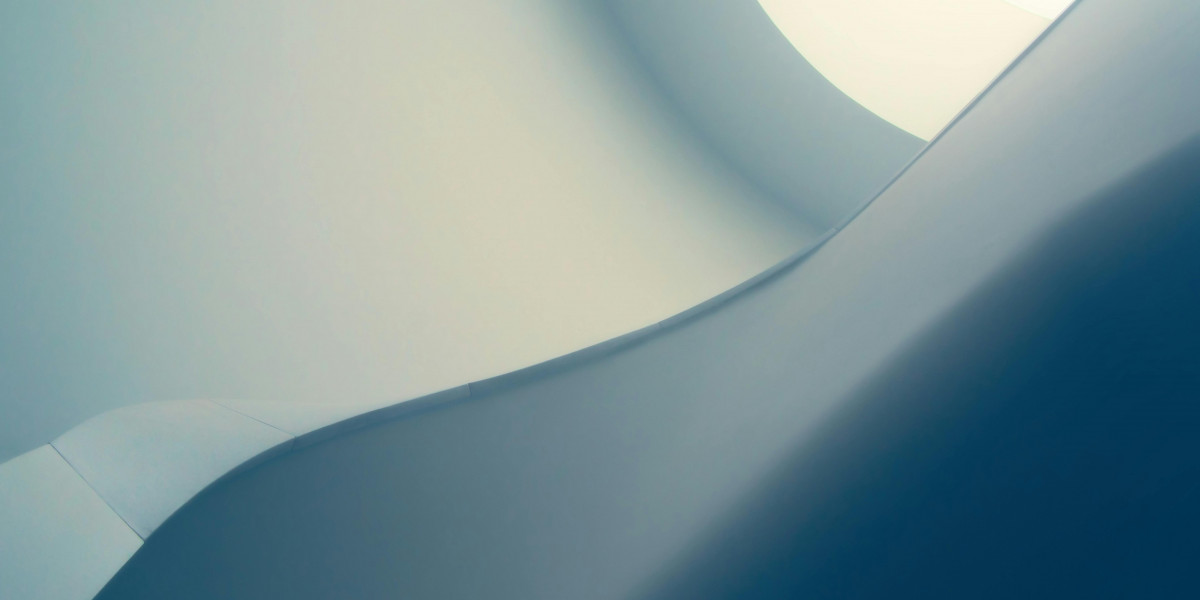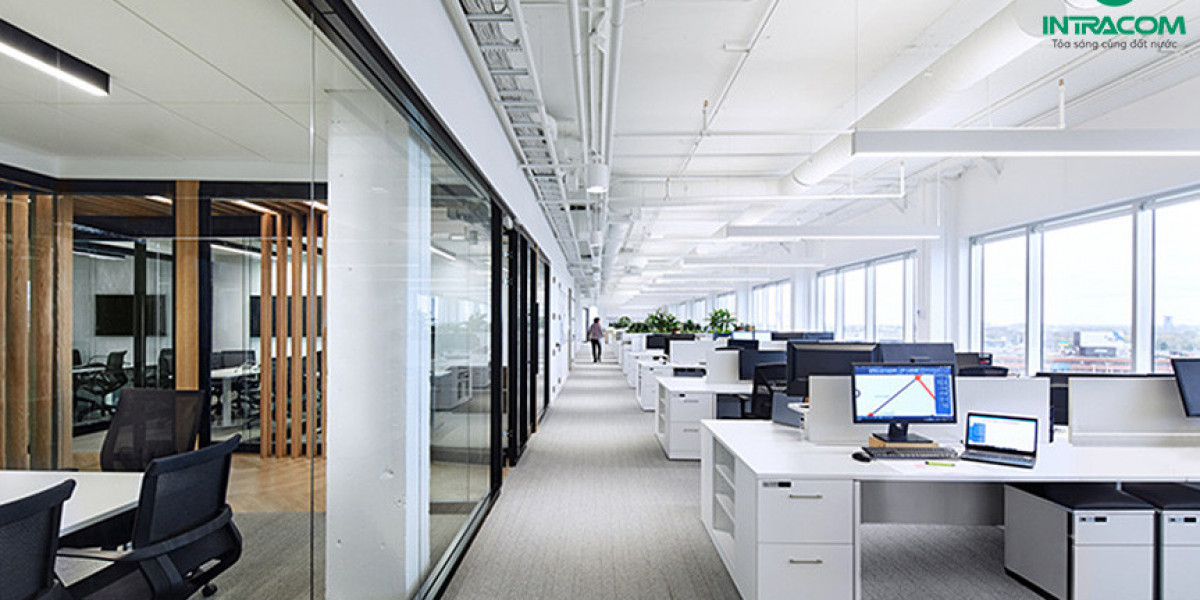Introduction:
Documentary filmmaking is a powerful medium that allows storytellers to capture real-life narratives, evoke emotions, and shed light on important issues. One of the key elements that contribute to the success of a documentary is the editing process. As a leading video production company, we understand the significance of crafting a compelling narrative through skillful editing. In this blog, we'll share 14 invaluable video editing tips specifically tailored for cutting a documentary, ensuring that your project stands out and resonates with your audience.
Start with a Clear Vision:
Before diving into the editing room, have a clear understanding of the story you want to tell. Define your message, target audience, and desired impact. A well-defined vision will guide your editing decisions and maintain consistency throughout the documentary.
Organize Your Footage:
Proper organization of your footage is crucial for an efficient editing process. Create a well-structured file system with labeled folders, making it easy to locate and access specific clips. This organization will save time and reduce stress during the editing phase.
Craft a Compelling Opening:
The first few minutes of your documentary are critical for capturing your audience's attention. Craft a compelling and engaging opening sequence that introduces the main theme or conflict. Use visually striking shots and captivating audio to draw viewers in.
Establish a Rhythm:
Documentaries often have a distinct rhythm that sets the pacing of the story. Experiment with different editing styles to find the right rhythm for your documentary. Consider the emotional tone of each scene and use pacing to evoke the desired response from your audience.
Embrace Jump Cuts with Purpose:
While jump cuts are typically avoided in traditional filmmaking, they can be effective in documentaries when used purposefully. Jump cuts can convey a sense of urgency or emphasize a point, adding authenticity to the storytelling.
Seamless Transitions:
Smooth transitions between scenes and sequences are crucial for maintaining the flow of your documentary. Experiment with various transition effects, but ensure they enhance the narrative rather than distract from it.
Utilize B-Roll Effectively:
B-roll footage provides context and visual interest, supporting the main narrative. Incorporate relevant B-roll to enhance storytelling, emphasize key points, and cover cuts in interviews. It adds depth and visual appeal to your documentary.
Pay Attention to Sound Design:
Sound is just as important as visuals in a documentary. Invest time in quality sound design, including ambient noise, music, and well-mixed dialogue. A well-balanced audio track contributes significantly to the overall viewing experience.
Focus on Story Arcs:
Divide your documentary into distinct story arcs or chapters. Each segment should contribute to the overall narrative while having its own compelling storyline. This approach keeps the audience engaged and invested in the unfolding story.
Maintain Consistent Color Grading:
Consistent color grading creates a cohesive visual style throughout your documentary. Experiment with different color palettes to evoke specific emotions or highlight different aspects of your narrative.
Create a Strong Ending:
Just as the opening is crucial, the ending leaves a lasting impression. Craft a strong conclusion that resonates with your audience and reinforces the main message of your documentary. Consider using a memorable quote, powerful imagery, or a thought-provoking statement.
Seek Feedback:
Collaborate with your team and seek feedback from trusted individuals who haven't been directly involved in the project. Fresh perspectives can identify areas for improvement and ensure that your documentary communicates effectively.
Optimize for Different Platforms:
If your documentary will be distributed on various platforms, consider the differences in aspect ratios and resolution requirements. Optimize your edit for each platform to ensure the best viewing experience across different devices.
Stay True to Your Vision:
Throughout the editing process, it's easy to get sidetracked or influenced by external opinions. While feedback is valuable, stay true to your original vision. Trust your instincts and make editing decisions that align with the core message and purpose of your documentary.
Conclusion:
Documentary video editing is both an art and a science. By implementing these 14 tips, you can elevate your editing skills and create a documentary that captivates audiences and leaves a lasting impact. As a video production company in Atlanta committed to excellence, we understand the importance of storytelling through editing, and we hope these tips guide you in your journey to produce compelling and memorable documentaries. Happy editing!





